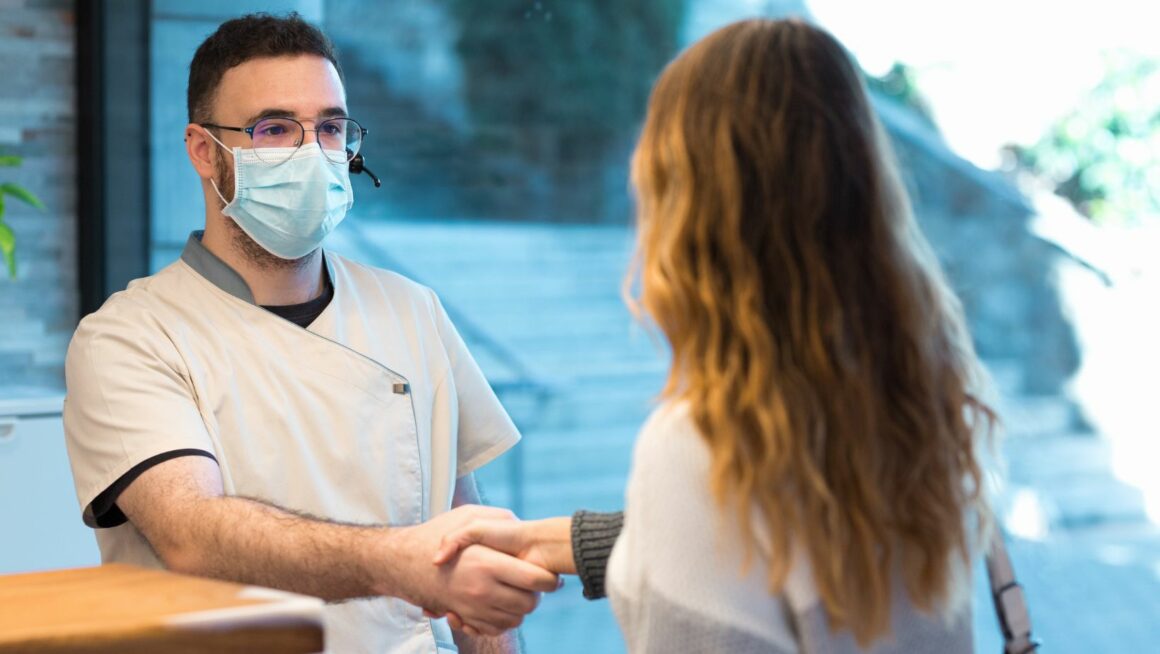
Ensuring the health and development of your child’s feet is crucial, yet it’s often overlooked in the hustle and bustle of parenting. Children’s feet are constantly growing and developing, which means they require special attention and care. From the time they take their first steps to when they start running around, understanding how to support your child’s foot health is essential. Consulting with a specialist can provide valuable insights and guidance on how to keep your child’s feet healthy as they grow. This guide will help you understand the key aspects of children’s foot health and what you can do to ensure your child’s feet are on the right track.
Understanding Foot Development in Children
The Growth Stages of Children’s Feet
Children’s feet grow rapidly during the first few years of life. By the age of three, a child’s foot will have reached nearly half of its adult size. During this period, their feet are primarily made up of soft, flexible cartilage, which will gradually harden into bone as they grow. Because their feet are still forming, it’s important to provide the right kind of support to ensure proper development.
As children reach school age, their feet will continue to grow, although at a slower pace. Typically, a child’s foot will grow about one size per year until they reach their teenage years. This continuous growth means that regularly checking their shoe size and fit is crucial to prevent issues like discomfort, blisters, or even long-term foot problems.
Common Foot Issues in Children
While most children’s feet develop normally, some may experience issues that require attention. Flat feet, for example, are common in young children and usually resolve on their own as the foot develops. However, if flat feet persist or cause discomfort, it’s important to seek advice from a healthcare professional.
Other common foot issues in children include:
- In-toeing: When a child’s feet turn inward while walking. This is often seen in toddlers and usually corrects itself with time.
- Out-toeing: When a child’s feet turn outward. Like in-toeing, it’s often temporary but should be monitored.
- Toe Walking: Some children walk on their toes rather than their whole foot. This can be a normal part of development, but if it persists, it may need further investigation.
- Sever’s Disease: A common cause of heel pain in growing children, particularly those who are physically active.
If you notice any of these issues or have concerns about your child’s foot development, a visit to a podiatrist Wollondilly can help determine the best course of action.
Choosing the Right Footwear
The Importance of Properly Fitting Shoes
One of the most important things parents can do to support their child’s foot health is to ensure they are wearing properly fitting shoes. Ill-fitting shoes can cause a range of problems, from blisters and calluses to more serious issues like bunions or hammertoes. Children’s feet are still developing, so it’s vital that their shoes provide the right support without constricting their natural growth.
When choosing shoes for your child, consider the following:
- Fit: Ensure there is enough room in the toe box for your child’s toes to wiggle, but not so much space that the foot slides around inside the shoe.
- Support: Look for shoes with good arch support and a cushioned sole to absorb impact.
- Flexibility: The shoe should be flexible enough to allow natural movement but still provide enough structure to support the foot.
- Material: Opt for breathable materials like leather or mesh, which allow the foot to stay cool and dry.
When to Get New Shoes
Because children’s feet grow so quickly, it’s important to check the fit of their shoes regularly. A good rule of thumb is to check their shoe size every three to four months, especially during periods of rapid growth. Signs that your child may need new shoes include:
- Complaints of discomfort or pain
- Red marks or blisters on the feet
- Toes pressing against the front of the shoe
- Worn-out soles or insoles
Regularly updating your child’s footwear is a small but important step in ensuring their foot health.
Encouraging Healthy Foot Habits
Barefoot Time
Allowing your child to spend time barefoot, especially at home or on safe surfaces, is beneficial for foot development. Walking barefoot helps strengthen the muscles in the feet and ankles, improves balance, and encourages natural foot movement. It also gives children a better sense of the ground beneath them, which is important for developing their proprioception (awareness of their body in space).

However, it’s important to ensure that the environment is safe for barefoot walking to prevent injuries from sharp objects or rough surfaces.
Foot Hygiene
Teaching your child good foot hygiene is essential for preventing infections and other foot problems. Encourage them to wash their feet daily, making sure to clean between the toes, and to dry their feet thoroughly afterward. Moisture trapped between the toes can lead to fungal infections like athlete’s foot.
Also, remind your child to change their socks daily and choose socks made from breathable materials like cotton to help keep their feet dry. Regularly trimming their toenails straight across can prevent ingrown toenails, which can be painful and lead to infection.
Recognizing and Addressing Foot Pain
Foot pain in children should never be ignored. While it’s normal for children to experience occasional aches and pains, persistent foot pain could indicate a problem that needs attention. Common causes of foot pain in children include overuse injuries from sports, improperly fitting shoes, or conditions like plantar warts.
If your child complains of foot pain, take the time to inspect their feet and ask about their symptoms. If the pain persists or if you notice anything unusual like swelling, redness, or changes in the way your child walks, it’s important to consult a healthcare professional.
When to See a Podiatrist
Signs That Your Child Needs Professional Attention
While many foot issues in children are temporary and resolve on their own, some conditions require professional evaluation and treatment. You should consider seeing a podiatrist if your child:

- Complains of persistent foot or heel pain
- Has difficulty walking or frequently trips and falls
- Has visible deformities like bunions, hammertoes, or severe flat feet
- Develops ingrown toenails or plantar warts that don’t improve with home care
- Exhibits signs of infection, such as redness, swelling, or warmth in the foot
A podiatrist can assess your child’s foot health, provide a diagnosis, and recommend treatment options if necessary. Early intervention is key to preventing more serious issues down the line and ensuring that your child’s feet develop properly.
What to Expect During a Podiatrist Visit
During a visit to the podiatrist, your child will undergo a thorough foot examination. The podiatrist will check the alignment, structure, and function of the feet, and may ask about any symptoms or concerns you or your child have. Depending on the findings, the podiatrist may recommend treatments such as orthotics, physical therapy, or changes in footwear.
In some cases, the podiatrist may order imaging tests, like X-rays, to get a clearer picture of what’s going on inside the foot. The goal is to address any issues early on to support your child’s overall health and well-being.
Supporting Your Child’s Foot Health
Caring for your child’s feet is an essential part of supporting their overall development. By choosing the right footwear, encouraging healthy foot habits, and seeking professional advice when needed, you can help ensure that your child’s feet stay healthy and strong as they grow. Remember, early attention to foot health can prevent problems down the road and keep your child active and pain-free. If you ever have concerns about your child’s foot health, don’t hesitate to consult with a podiatrist who can provide the expertise and care your child needs.


